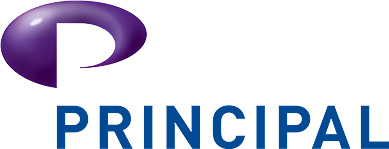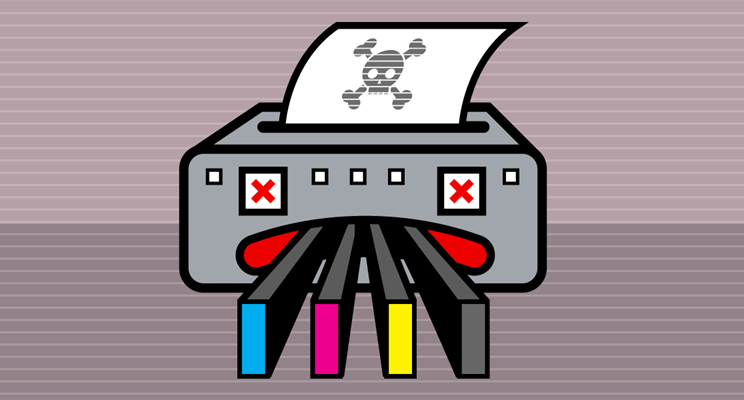


With security concerns surrounding so many technologies, it is easy to overlook printers as a potential source of data breaches. Yet a November 2015 survey by market research and analysis firm IDC found that more than half of those surveyed had experienced at least one printer-related breach in the previous year. What’s more, the survey suggests that many organisations could do a better job of keeping printer security on their radar.
Networked printers can be a gateway into a business’s entire system. Printers receive process, store and print extensive sensitive data, from intellectual property to personally identifiable information. Accordingly, they present an excellent opportunity for attackers to commit data breaches, achieve financial gain or bring about reputational damage.
Certain threats to confidentiality are strictly local; for example, someone stealing an unattended printout or gaining access to a printer’s storage media to harvest sensitive data. But some threats can be remote as well.
Many attackers use malware, printer attack tools or other methods to compromise printers through network connections. Once a hacker succeeds, that breach can be leveraged for many purposes. The most common aims are gaining unauthorized access to any information being sent to that printer, and using the printer as a starting point to infiltrate other district systems.
New models offer a suite of security features that school districts can deploy for quick, inexpensive security gains.
It’s important that printers use the latest updates for their basic input/output system, firmware, operating systems and all other installed software. This prevents vulnerabilities and may add new features to boost security.
If a printer’s storage is strongly encrypted, attackers will be unable to recover data even if they gain physical access to the storage.
Some printers check their BIOS every time they boot; if they detect unauthorized changes, they can replace the BIOS with a known good copy. This eradicates malware from the BIOS automatically.
A printer that monitors the integrity of its firmware can detect unauthorized changes to the firmware itself, as well as associated issues in the printer’s memory, and force a reboot to clear these from the printer.
Authenticating individuals whenever they want to use a printer is unfeasible, but it is strongly recommended for printer administrators, who can be authenticated through smart cards, biometrics, PINs or other means. No matter the method schools use, it’s critically important to change all default passwords or PINs so attackers can’t readily guess them.
Some printers are able to sanitise storage on demand to prevent it from recovering sensitive information. This is a key step to perform before allowing a printer to leave the school. Even if a printer uses storage encryption, sanitising is still recommended because flaws in the storage encryption mechanisms might be detected in the future.
Although many older printers lack the most current security features, they have comparatively fewer vulnerabilities, which can offset this deficiency. For example, a particularly old printer might not have any storage. Because there is so much variability among printer models in terms of their vulnerabilities, the severity of these weaknesses, and how they can be addressed, it may be necessary to separately assess the risk for each printer model. IT administrators usually can’t add technical security controls to older printers, so they may need to choose the best alternative course of action: add manual procedures to reduce risks to an acceptable level; replace older printers; or accept the risks and change nothing. Given the potential cost of a data breach stemming from a compromised printer and the labour involved in manually securing a fleet of printers, replacing older machines is often the most cost-effective strategy.
Businesses ensure employees can utilize their printing services effectively and increasingly, this means allowing printing from any type of device and any network location. Some schools allow students to print from mobile devices on cellular networks and from cloud-based services and applications. Unfortunately, this degree of availability can make printers readily accessible to remote attackers, greatly increasing the risk of compromise and misuse. Most printer vendors don’t intend for their products to be publicly accessible. Whenever possible, printers should be behind firewalls that prevent or restrict direct access. Risks related to networked printers can be easy to overlook, but they are also among the easiest loopholes to plug, given the proper tools and procedures.